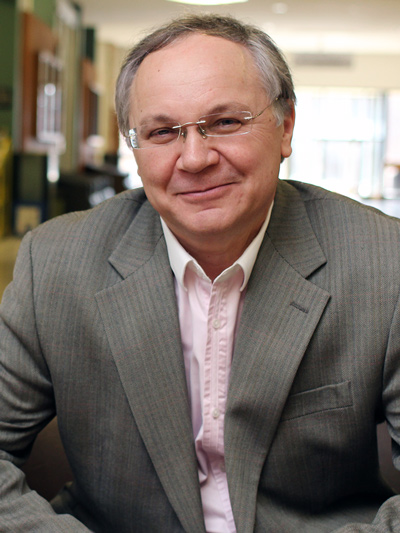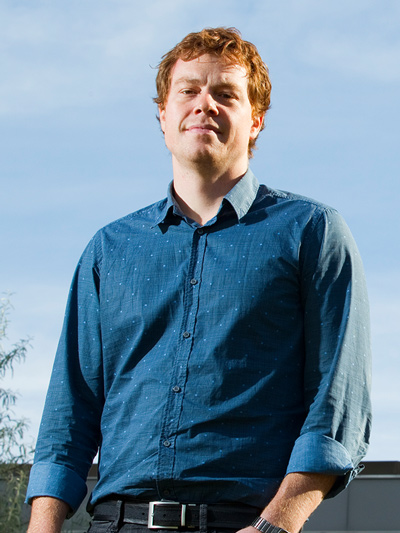News & Events
Smolyakov, Bourassa receive 2015 Division of Science researcher awards
Andrei Smolyakov and Adam Bourassa are the recipients of the 2015 Division of Science researcher awards.
Both awards recognize faculty members who have made outstanding contributions to their disciplines. The New Researcher Award is presented to a faculty member in the division who received his or her PhD 10 or fewer years ago.
Each recipient will receive $2,500 payable to his professional allowance account. The awards will be presented at the annual College of Arts & Science Convocation Awards Banquet held on June 1, 2015.
2015 Distinguished Researcher Award – Andrei Smolyakov, Department of Physics and Engineering PhysicsAndrei Smolyakov has performed pioneering work in theoretical plasma physics. An international authority on the non-linear theory of plasmas and magneto-hydrodynamics, Dr. Smolyakov has contributed to diverse applications such as fusion theory, electric propulsion and plasma processing. His expertise also extends to the fields of space, astrophysical and ionosphere plasmas. His publication record includes over 160 papers in leading journals. In 2004 he was elected Fellow of American Physical Society for “…pioneering contributions to the theory of magnetic islands and zonal flows” an honor bestowed to less than 1 per cent of the members of the society. |
 |
2015 New Researcher Award – Adam Bourassa, Department of Physics and Engineering PhysicsAdam Bourassa is internationally recognized as one of the world’s leading experts in using raw optical measurements to study atmospheric processes and trends. He developed the SASKTRAN radiative transfer model, which accurately and efficiently simulates how light is scattered, absorbed and emitted within the atmosphere. This model is now a world standard in the community associated with satellite-based optical measurements. He also co-developed now-standard techniques for the retrieval of ozone, sulphate aerosol and nitrogen dioxide vertical number density distributions from measurements made by OSIRIS instrumentation onboard the satellite Odin. He is currently part of a team developing instruments including an Aerosol Limb Imager (ALI), a novel optical instrument designed to measure stratospheric aerosols using scattered sunlight; the Spatial Heterodyne Observations of Water (SHOW) instrument used on NASA high altitude ER-2 aircraft; and the Canadian Atmospheric Tomography System (CATS), a new satellite instrument, all for deployment on future Canadian Space Agency spacecraft. |
 |